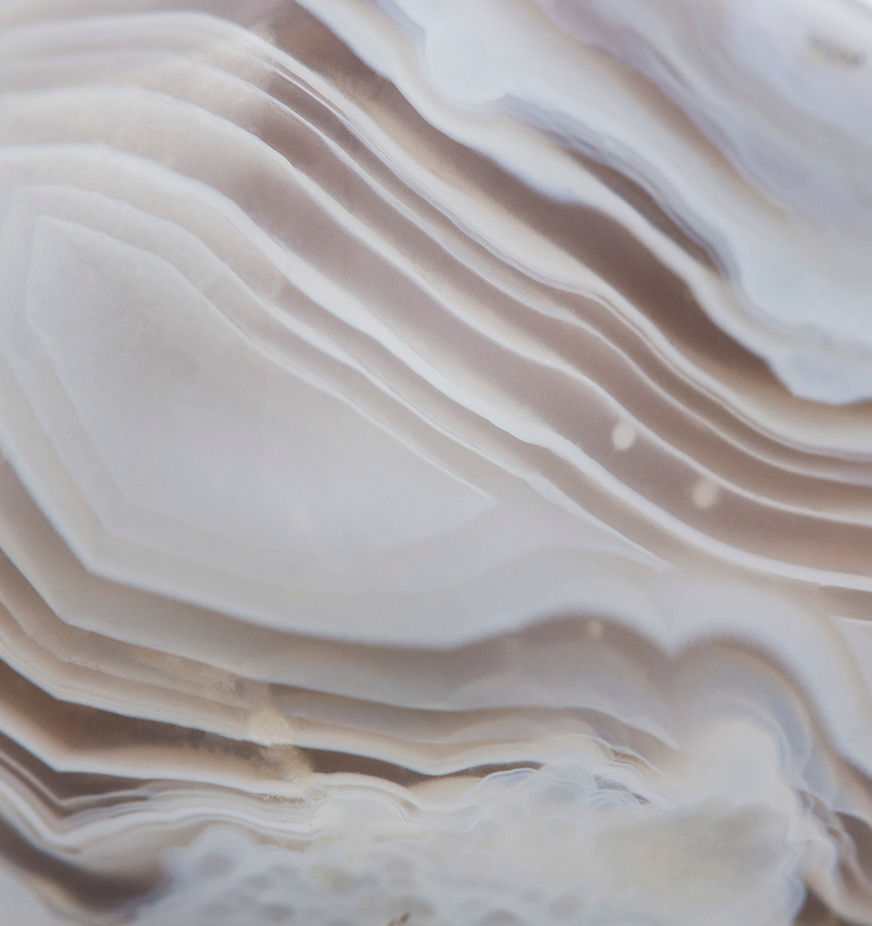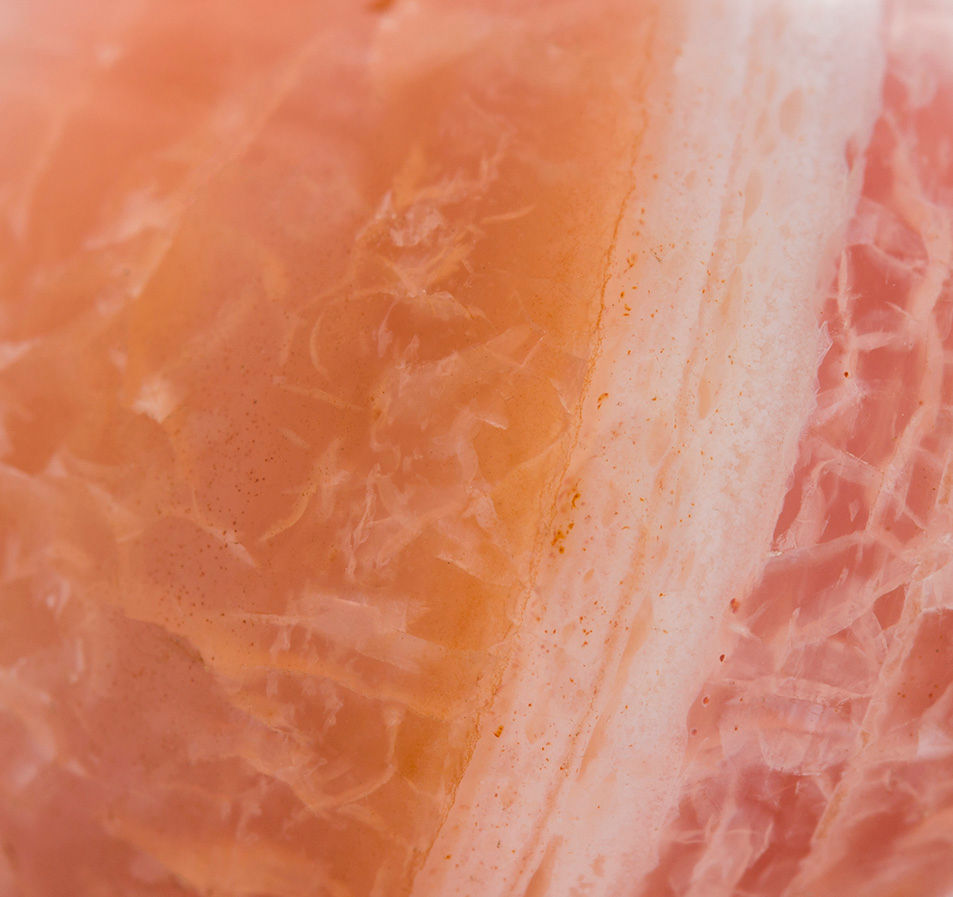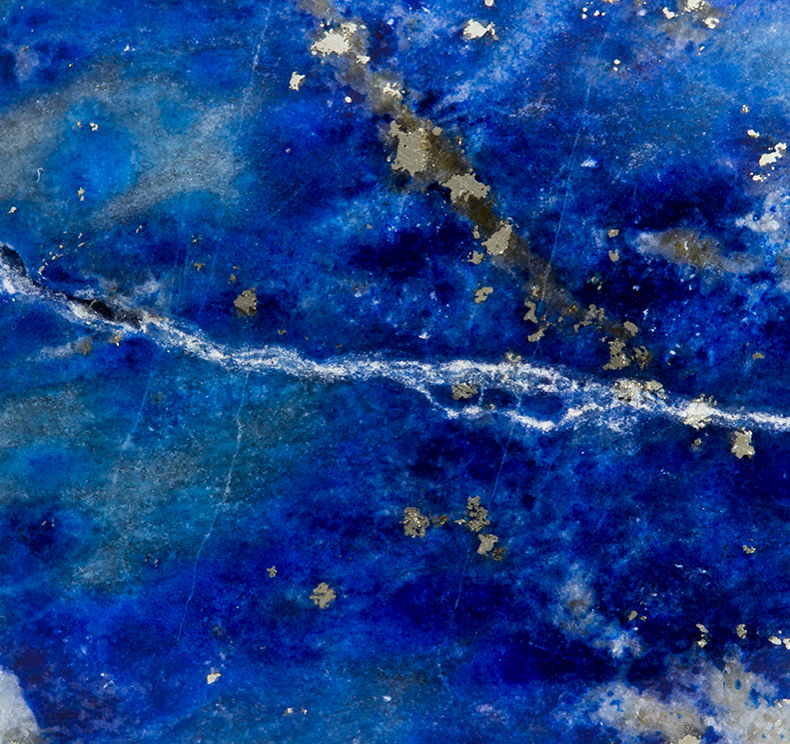
Merchant's Bag

Believed to enhance gentleness. Encourages one to walk lightly through life.

Said to carry the power of the sun with its warm, energizing, and life-giving pigment.

Pisces were transformed into amulets, worn by sailors to prevent chance of drowning. Referred to as the 'Speakers Stone' as it generates confidence in words while also enabling us to communicate with spirits.

Said to calm the mind and aid in concentration for memory development. The rock became a link for individuals who possess it, develop metaphysical pursuits and enable clairvoyant communications.

Named after the African town where it is mined, it is used to help comfort those who are alone in the night. Referenced as a 'lucky stone,' that is predominantly carried to increase ones chances for winning lottery tickets.

Referred to a stone of 'unconditional love,' it is believed to heal the wounds of the heart and promote forgiveness. Said to raise self-esteem and aid in regaining a sense of self-worth.

An active stone that creates a vibration of will, both mentally and physically. Linked to the magical tiger; the King of the Beasts in eastern mythology.

Granted a 'master healer' as it is claimed to have the highest energy levels over any other crystal. Used in technologies such as watches, radios, microphones, computers, memory chips, and other electronic circuitry.

Said to balance the amount of calcium in the body while also lowering blood pressure. Can be useful for students as it amplifies learning to help retain information.

Only found in Utah, Texas it is produced only as a by-product. Used to heal those with Parkinson's Disease and to regulate blood insulin counts.

Believed to reflect the child within all of us as it emits playfulness through its scattered spots. Used as an anti-smoking amulet, bestowing determination to succeed.

Used to strengthen the immune system, liver, and pancreas, and to improve circulatory issues. Believed to balance yin and yang energies.

Ancient Greeks and Romans studded their goblets with Amethyst believing wine drunk from an Amethyst cup would be powerless to intoxicate. Expected to enhance psychic abilities and to help protect traveler's from thieves.

It is considered a stone of Greek Magic. Pyrite honours Persephone, the Greek Goddess of Spring, as she represents celebration and earth alive with new growth. The Aztecs were known to polish this tumble stone into mirrors for gazing or scriing.

Considered a protection stone, historically warn by shamans, priests, and kings. Titled the 'Nurturer Stone,' for the earth-like pigments within, this aura links itself to the mythological Goddesses of Earth, like the Roman, Bona Dea and the Greek, Gaia.

The golden sarcophagus of King Tut was richly embroidered with this gem. In the Renaissance, Catherine the Great adorned her entire bedroom chamber with Lapislazuli; embedding them into her mirrors, doors, windows, and furniture.
A mineral is a natural substance, chemically bound in a structured form. The process by which these chemicals fuse together creates a solid substance, commonly referred to as crystallization. The result of this process is determined by the degree of liquid absorption and systematic growth, ultimately creating a rock-like structure with unique pigments, patterns and textures. Over time, their rare beauty has given them a majestic existence that has been questioned by many cultures.
Various civilizations throughout human history have ascribed mystical powers to colourful stones and either exhibited adoration or hesitation towards these minerals. The mystic view of crystals represents the manifestation of a deeper historical significance, in that the pleasing aesthetic of natural creation has shaped ideologies for centuries. Their mysterious existence continues to be admired and questioned in contemporary society amongst the objects in these photographs.